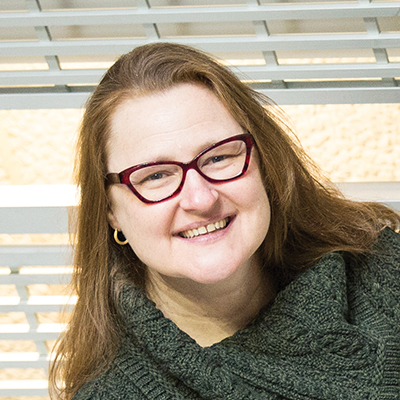
Seeking answers to opioid deaths

Almost 300 people in Milwaukee County died of an opioid overdose in 2016, and about one-third of those victims had children. But what do those children need now? And did they see anything that might prevent other opioid-related deaths?
UWM Helen Bader School of Social Welfare researchers are seeking the answers to those questions by conducting sensitive interviews with the relatives of overdose victims. They’re working in partnership with Milwaukee County agencies to stem the growing opioid crisis. Tina Freiburger, chair of the Criminal Justice Department, and Melinda S. Kavanaugh, assistant professor of social work, are co-principal investigators on the project.
When someone dies, “the kids are there. They don’t get asked a lot, but they see and hear,” says Kavanaugh, an expert in working with children on health-related research projects. By doing dozens of one-on-one interviews, she hopes to gain insights that might be shared with community workers and first responders.
Kavanaugh has done groundbreaking research on children who provide health care for older family members, including the administration of medicine. “This is a very similar thing. Kids should know what to do with Narcan,” she says of the medication that can reverse opioid overdoses. “I get pushback on that. But adults should, too.”
During the project, which is in its early stages, Kavanaugh and Freiburger also plan to talk with health care providers, counselors, law enforcement workers and other stakeholders. Kavanaugh says, “Everyone’s really asking the same thing: What can we do?”
Milwaukee County statistics show that the typical overdose victim is a white male in his 30s who was originally prescribed opioids for pain relief. But there are plenty of unknowns – who usually calls 911 when someone is overdosing? Who drives the victim to the hospital? How often does a first-time overdose result in death?
Throughout 2018, the research team will ask those questions and compile answers. And while Kavanaugh gathers information from children, she will note their environments and their needs. They may be isolated from their peers, or live in chaotic homes, or have problems in school, or all of the above.
Jennifer Wittwer, associate director of the Milwaukee County Behavioral Health Division, says that every agency and municipality recognizes that the crisis is growing. “That’s why everyone is excited about the participation of UWM,” she says. “In terms of getting access to resources and research, they’ve been excellent partners.”